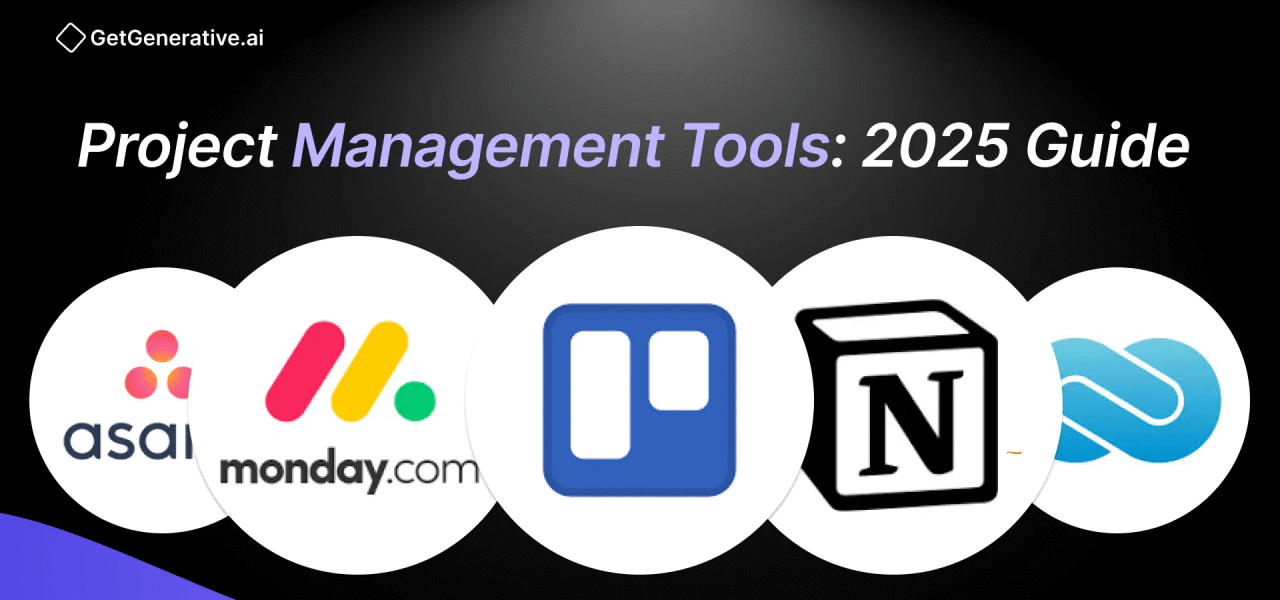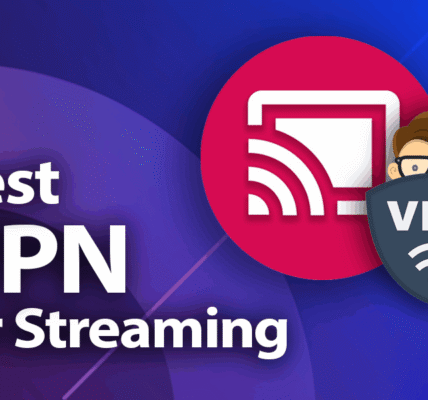In 2025, the demands on businesses, freelancers, and teams to be more productive and organized are higher than ever. Gone are the days when project management meant a chaotic mix of sticky notes, Excel sheets, and endless email threads. Modern project management tools have evolved, offering powerful solutions to streamline workflows, enhance team collaboration, and ensure successful project completion. Whether you’re managing a small team, coordinating across departments, or handling complex, multi-layered projects, the right software can be a game-changer.
But how do you choose the best tools for your team? In this article, we explore the top five project management tools for 2025, helping you navigate the vast array of options and find the one that best suits your needs.
The Evolution of Project Management Tools
Project management has come a long way since its early days. Initially, teams relied heavily on manual processes, face-to-face meetings, and paper-based tracking systems. Today, technology has revolutionized how projects are managed, from task assignment to communication, tracking, and reporting.
What Makes a Project Management Tool Great in 2025?
In 2025, the best project management tools are defined by their ability to integrate seamlessly into different workflows, their flexibility in customization, and their ease of use. Additionally, AI-driven insights, cloud-based storage, and mobile app functionalities have become essential features for remote teams and businesses that work across multiple locations.
Benefits of Implementing Project Management Software
-
Increased Efficiency: Automates repetitive tasks, ensuring that teams can focus on more important work.
-
Better Communication: Provides real-time updates and centralized communication, reducing the need for endless meetings or emails.
-
Improved Collaboration: Helps team members work together seamlessly, regardless of their physical locations.
-
Data-Driven Insights: Offers valuable analytics to help teams monitor performance and adjust strategies.
Tool 1: Asana – Streamlining Collaboration and Task Management
Asana has emerged as a top choice for companies of all sizes. Known for its user-friendly interface and robust feature set, Asana helps teams plan, organize, and track their work efficiently.
Key Features of Asana
-
Task Assignment: Easily assign tasks and set deadlines.
-
Progress Tracking: Visualize project timelines with Gantt charts and Kanban boards.
-
Collaboration: Real-time updates and file-sharing options ensure everyone is on the same page.
Pros and Cons of Using Asana for Teams
Pros:
-
Easy to use, making onboarding quick.
-
Advanced reporting and analytics.
-
Integrates well with a variety of third-party apps.
Cons:
-
The free version lacks some of the more advanced features.
-
Can be overwhelming for very small teams due to its extensive features.
Tool 2: Monday.com – Customization and Integration at its Best
Monday.com is a versatile project management tool known for its highly customizable workflows. Whether you’re managing a marketing campaign, an IT development project, or a large team of remote employees, Monday.com adapts to fit your needs.
What Sets Monday.com Apart?
-
Customizable Workflows: Tailor your workflow to match the unique needs of your projects.
-
Automations: Save time by automating repetitive tasks like task assignments or notifications.
-
Integration: Monday.com integrates with over 40 apps like Slack, Google Drive, and Microsoft Teams.
Advantages for Businesses and Freelancers
-
Highly flexible for various industries.
-
Visually appealing interface that’s intuitive.
-
Best for managing complex workflows.
Tool 3: Trello – Simplicity and Efficiency for Small Teams
Trello is a beloved project management tool that shines in its simplicity. Best known for its visual Kanban boards, Trello is perfect for teams that need a straightforward, no-fuss tool to track progress.
Key Features of Trello
-
Drag-and-Drop Interface: Organize tasks with a simple drag-and-drop interface.
-
Checklists and Due Dates: Stay on top of every task with detailed checklists and due dates.
-
Power-Ups: Add more advanced features with Trello’s Power-Ups, such as integrations with apps like Slack and Google Drive.
Ideal Use Cases for Trello
-
Small teams or freelancers who don’t need a heavy-duty tool.
-
Ideal for simple project tracking, content planning, and team collaboration.
Tool 4: Wrike – A Comprehensive Tool for Complex Projects
Wrike is tailored to larger teams and organizations that require a robust project management solution. It offers advanced features like time tracking, workload management, and detailed reporting.
Why Wrike is Perfect for Large Teams
-
Resource Management: Assign work based on employee availability.
-
Custom Dashboards: Build dashboards that give you a high-level view of your projects.
-
Advanced Reporting: Generate detailed reports for stakeholders.
Customization and Reporting Features
-
Custom request forms to standardize workflows.
-
Advanced time tracking to manage budget and resource allocation.
Tool 5: ClickUp – The All-in-One Project Management Tool
ClickUp is a highly versatile tool designed to replace several other productivity tools. From document collaboration to email management, ClickUp provides everything in one platform.
Features That Make ClickUp Stand Out
-
Task and Document Management: Manage both tasks and documents in the same tool.
-
Time Management: Track time spent on various tasks directly within ClickUp.
-
Advanced Views: Customize views with Gantt charts, calendars, or Kanban boards.
Best for Agile Workflows and Cross-Functional Teams
-
Ideal for teams that operate in Agile environments.
-
Highly customizable, making it adaptable to various industries.
Comparing the 5 Project Management Tools
Key Differences in Features, Usability, and Price
Each tool has unique strengths depending on the team size and complexity of the projects you’re handling. While Trello is great for small teams, tools like Wrike and ClickUp excel in managing large-scale, multi-departmental projects.
How to Choose the Right Project Management Tool for Your Business
Assessing Your Team’s Needs
Before choosing a project management tool, assess your team’s size, project complexity, and collaboration needs. Do you need detailed reporting, or are you focused more on task management?
Budgeting for Project Management Tools in 2025
Most of these tools come with subscription plans, which range from free versions to enterprise-level options. Consider your budget and the scale of your operations when making a decision.
Conclusion: Future Trends in Project Management Tools
As project management tools continue to evolve, we can expect even more integration with AI, machine learning, and automation. These features will further streamline workflows, reduce manual labor, and make project management even more efficient.
Read Also Top 5 Accounting Software Every Startup Should Consider in 2025
-
What are the best project management tools for small teams?
-
Tools like Trello and Asana are perfect for small teams due to their simplicity and ease of use.
-
-
How do I choose the right project management tool for my business?
-
Consider factors like your team’s size, project complexity, and the specific features you need.
-
-
Are these tools suitable for freelancers?
-
Yes, tools like Trello and Asana offer free versions and are ideal for freelancers who need basic project management capabilities.
-
-
Can these tools integrate with other software?
-
Most of these tools, including Monday.com and ClickUp, integrate with popular apps like Slack, Google Drive, and Microsoft Teams.
-
-
Are there free versions of these tools?
-
Yes, most tools like Trello, Asana, and ClickUp offer free versions with basic features, making them great for small teams or freelancers.
-




